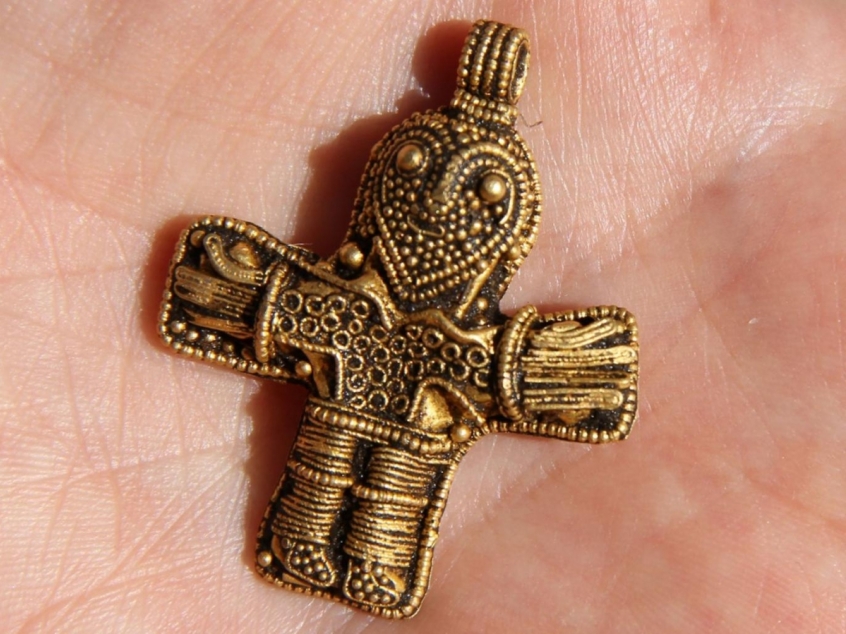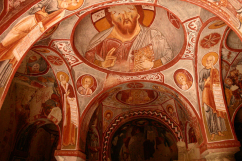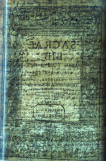A 1,000-year-old gold crucifix discovered in Denmark may change our understanding of the history of Christianity in the country.

The crucifix, which is made of finely articulated gold threads and tiny fillagree pellets, "is an absolutely sensational discovery that is from the first half of the 900s," according to Malene Refshauge Beck, curator and archaelogist at Ostfyns Museum.
The early dating of the cross suggest that Christianity was embraced by Denmark earlier than previously believed.
The artefact, which weighs 13.2 grams and is 4.1 cm in length, was found by an amateur treasure hunter on Friday.
Dennis Fabricius Holm was using his metal detector on an afternoon off work, when he found the Birka crucifix in Aunslev, Østfyn.
"I got off early on Friday, so I took just a few hours, I went around with my metal detector and then I came suddenly on something," Holm told DK.
"Since I cleared the mud and saw the jewellery, I have not been able to think of anything else."
The gold crucifix, thought to have been a pendent, pre-dates two runestones depicting Christ on a cross from 965 AD.
"The figure can therefore help to advance the time when one considers the Danes really were Christians, simply because one can say that the person who carried it here no doubt embraced the Christian faith," Beck said.
Christian missionaries had been present in the nation for two centuries before the runestones are thought to have been made, but had failed to convert the Vikings. However, by 1050 at the end of the Viking period, most Danes were Christian.
"This is a subject that certainly will have to appear in the history books in the future," said Beck.
"In recent years there has been more and more signs that Christianity was widespread earlier than previously thought – and here is the clearest evidence so far."
















